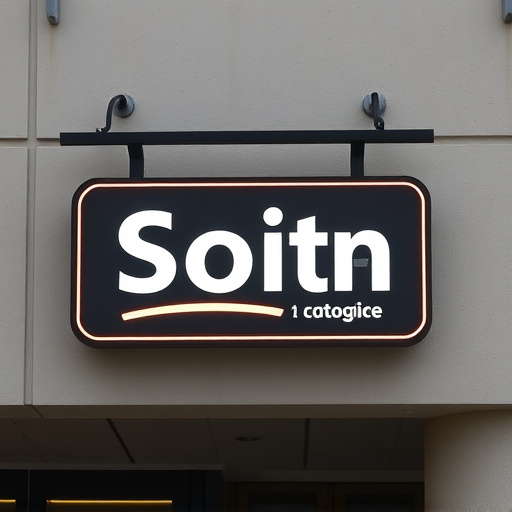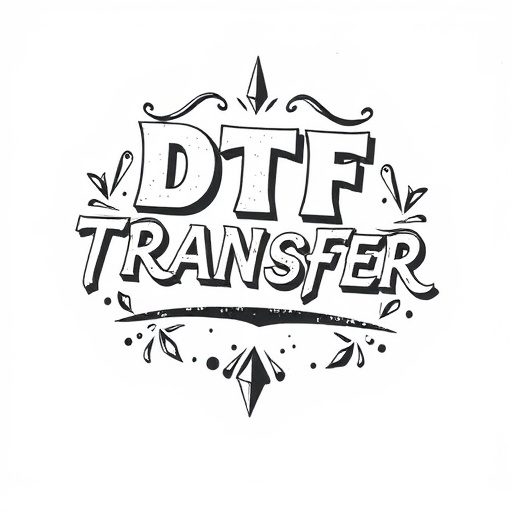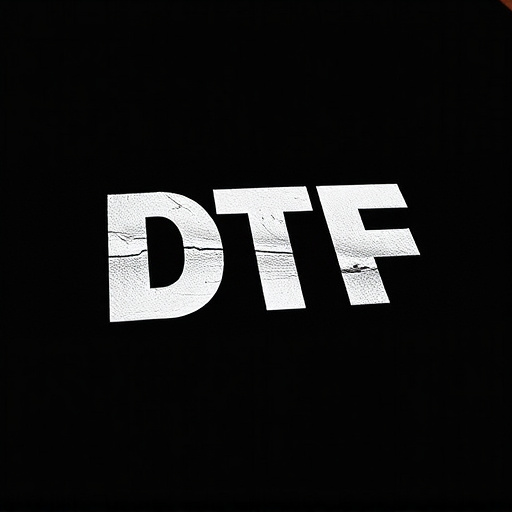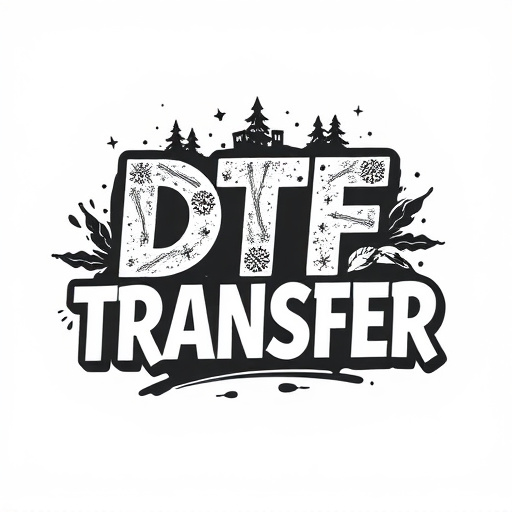DTF (Direct-to-Film) transfer is a cutting-edge process that brings digital illustrations and designs to life on screen, combining traditional artistry with modern technology. It involves transferring artwork onto film stock, creating negatives for printing, and meticulous preparation using specialized software and high-resolution scans. The method excels at reproducing fine details, lines, and gradients with clarity. Using appropriate materials like high-resolution media and smooth papers ensures vibrant colors and precise prints. DTF is popular in various industries, offering unique, visually stunning pieces while maintaining digital accuracy. Proper storage conditions are crucial for preserving the vibrancy and longevity of DTF prints.
Discover the captivating world of DTF (Direct-to-Film) transfers, a revolutionary process transforming detailed illustrations and designs into captivating film transfers. This article delves into the intricacies of this unique method, offering a comprehensive guide from process overview to best practices. Explore the art of converting intricate visuals into high-quality DTF prints, understanding material choices and techniques for optimal results. Uncover diverse applications and benefits in modern design while preserving these stunning creations for years to come.
- Understanding DTF Transfer: A Process Overview
- The Art of Converting Illustrations to Film Transfers
- Choosing the Right Materials for DTF Printing
- Techniques for Achieving High-Quality DTF Prints
- Applications and Benefits of DTF Transfers in Modern Design
- Best Practices for Creating and Preserving DTF Prints
Understanding DTF Transfer: A Process Overview
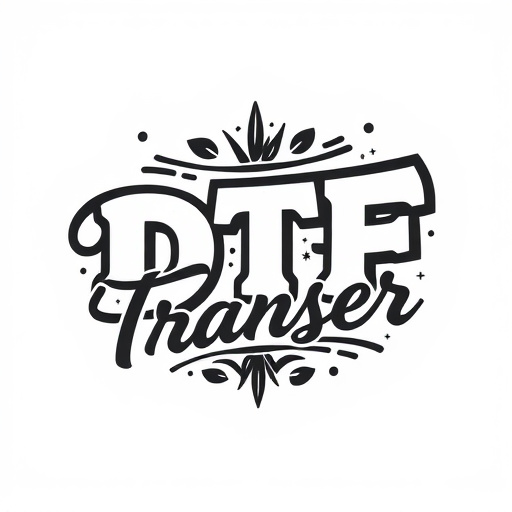
The DTF (Direct to Film) transfer process is a cutting-edge technique that revolutionizes the way traditional illustrations and designs are brought to life on screen. It’s a game-changer in the world of printing, offering an unparalleled level of detail and accuracy. This method involves a meticulous procedure where artwork, whether hand-drawn or digital, is directly transferred onto film stock, creating a negative copy that can then be used for printing.
In simple terms, DTF Printing starts with high-resolution scans of the original art, followed by specialized software that enhances and prepares the image for transfer. The design is then exposed onto transparent film using a precision printer, creating a negative mask. This mask allows for precise control over the final print, ensuring every intricate detail is captured accurately. The DTF process offers a unique advantage in its ability to reproduce fine lines, subtle gradients, and complex patterns with exceptional clarity, making it ideal for creating stunning, detailed prints.
The Art of Converting Illustrations to Film Transfers

The process of converting detailed illustrations and designs into film transfers, often referred to as DTF (Direct-to-Film) Transfer or DTF Printing, is a captivating art form that combines traditional craftsmanship with modern technology. It involves transferring high-quality artwork onto film, creating a unique and intricate print. This method allows artists and designers to transform their digital creations into tangible, long-lasting pieces, adding a tactile dimension to their work.
DTF transfers offer a distinct aesthetic, preserving the original art’s details and lines with remarkable precision. Skilled artisans carefully apply the design onto film, ensuring every stroke and shade is accurately represented. The final prints can range from delicate line art to complex, multi-colored patterns, showcasing the versatility of this technique. This process has gained popularity among artists and collectors alike, providing an alternative way to display and appreciate artwork that goes beyond traditional printing methods.
Choosing the Right Materials for DTF Printing
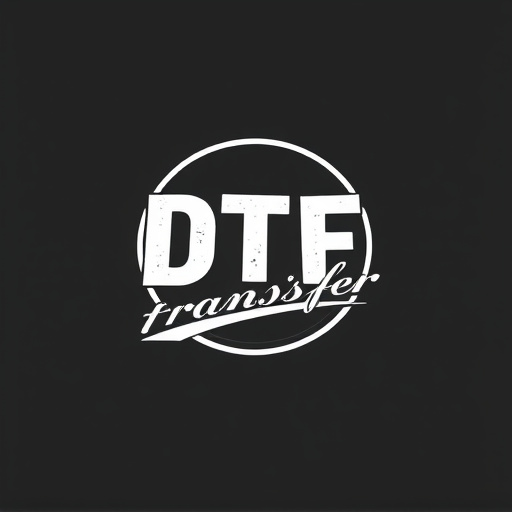
When it comes to transforming detailed illustrations and designs into film transfers using DTF (Direct-to-Film) printing, selecting the right materials is paramount. The choice of media directly influences the final quality of DTF prints, ensuring vibrant colors, crisp details, and long-lasting durability. High-quality papers or vinyl films are popular options for DTF transfers as they offer excellent dimensional stability and compatibility with various printers.
For artists and designers, understanding the specifications of DTF transfer materials is crucial. This includes factors like resolution, opacity, and surface texture. Opaque materials ensure that ink adheres well, preventing color bleeding between layers. Meanwhile, papers with a smooth finish allow for precise detail reproduction, while textured surfaces can add unique visual effects to the final artwork.
Techniques for Achieving High-Quality DTF Prints

Creating high-quality DTF (Direct to Film) transfers involves a meticulous process that ensures precise reproduction of intricate details and vibrant colors. The first step is choosing the right materials—high-resolution film, top-tier inks, and durable substrates. Professionals use specialized equipment like precision printers and advanced scanners to capture every nuance of the original illustration or design.
Technicians then apply a variety of techniques to optimize the DTF printing process. This includes meticulous color calibration, where each ink is precisely measured and blended to match the original artwork’s hue. Additionally, technologies like UV curing ensure fast drying times while maintaining long-lasting durability. Proper lamination and protective coatings further safeguard the final DTF prints, making them suitable for prolonged exposure without fading or damage.
Applications and Benefits of DTF Transfers in Modern Design

Detailed and intricate illustrations and designs can now be brought to life in a whole new dimension with Digital-to-Film (DTF) transfers, revolutionizing modern design applications. This cutting-edge technology allows for precise reproduction of digital art onto various substrates, offering designers an innovative way to create unique, visually stunning pieces. DTF transfers have found their place in multiple industries, from fashion and textiles to signage and even fine art.
The benefits of DTF printing are numerous: it enables designers to achieve a level of detail and precision that was previously unattainable with traditional methods, allowing for complex patterns and intricate line work to be captured perfectly. This technology also facilitates rapid prototyping and customization, as designers can quickly iterate on designs and produce custom prints tailored to specific projects. DTF transfers further enhance the visual appeal of products by adding a touch of vintage, hand-crafted charm while maintaining the benefits of digital precision.
Best Practices for Creating and Preserving DTF Prints
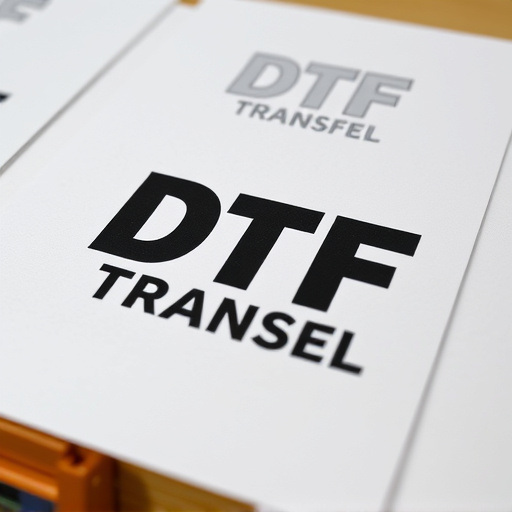
Creating and preserving Detailed Texture Transfers (DTFs) involves a meticulous process to ensure the highest quality prints. Start by selecting top-notch materials; use high-resolution illustrations or designs for optimal results, and choose suitable substrates compatible with DTF transfer methods. Preparing your artwork correctly is key; vectorize or clean up raster images to avoid artifacts during the transfer process.
For best practices in printing, calibrate your printer settings precisely, ensuring color accuracy and sharp details. Use high-quality ink and compatible papers designed for DTF printing. After printing, allow sufficient drying time before handling the prints to prevent smudging or fading. Store DTF prints in a clean, dry environment, away from direct sunlight, heat sources, or moisture to maintain their vibrancy and longevity.




